When the Covid-19 pandemic hit, the world suddenly came to a halt. In times of worldwide lockdowns and social distancing the internet became an indispensable tool that helped us stay connected with family, friends, and the outside world. Remote work, virtual meetings, and online conferences became the norm. Social gatherings and entertainment also shifted to online events and hangouts.
The pandemic didn’t spare the businesses just as well. A number of companies saw fit to focus strictly on online customer interactions and sales. Nevertheless, an unwritten rule requires that even online businesses comply with the stern anti-epidemic measures and adopt a health-conscious attitude in their communication with the target audience.
In this sense the one of the main channels that a brand uses in their online communication with customers is their official company website. How to draft your strategy properly and how to integrate the right message in your website, you’d wonder. Skim through the following web design trends that we’ve observed in 2021 that were particularly influenced by the Covid-19 pandemic.
Web Design Pre-Pandemic

Before the pandemic many traditional brick-and-mortar businesses used to prioritize the real-life communication with their clientele. A number of stores focused on in-person sales instead of investing in their online presence. With the rules of the game getting changed business owners have to adapt to the new digital era.
Web design became a centerpiece of companies’ online marketing strategies. Providing great user experience and clearly stating that the business complies with the recommended virus spread control measures and looks after the well-being of their employees and customers is of critical importance nowadays.
Web Design Influenced by the 2020 Global Pandemic
According to the Pantone Color Institute, 2020 was the year of classic blue. A color that evokes calm, connection, and confidence – emotions much needed in times of uncertainty. The one thing people longed for was a sign of security and safety. As the Institute stated:
“The enduring blue hue highlights our desire for a dependable and stable foundation on which to build as we cross the threshold into a new era.”
Brands were to deliver web experiences that called forth these particular emotions in order to predispose the site visitors towards accepting the given brand and atuning to its products/services.
The tendency for brands to adjust their messaging and provide reassurance to post-pandemic audiences will continue to play an important role, especially as it comes to online channels such as the company website and social media accounts. But let’s deep dive into other rising web design trends, driven by the Covid-19, that are here to stay:
Optimism & Hope
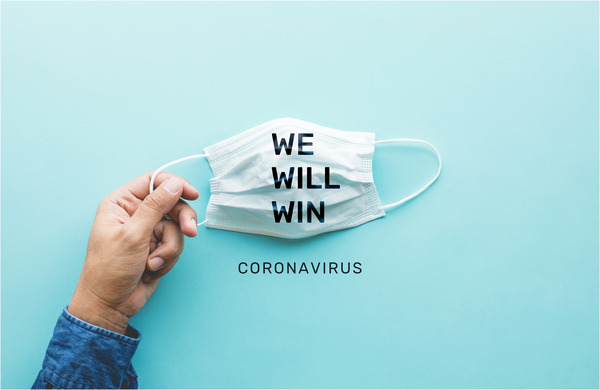
After a year of isolation and turmoil, we all want to feel a bit of hope that the future holds better days ahead. A sentiment that brands will have to translate in visuals, painting a picture of optimism and inspiration. Open landscapes, blue skies, natural sceneries are great examples of such optimistic opportunities.
Delicate, pastel tones combined with vivid and bright colors will help invigorate spirits and break the monotony of repetitive at-home routines. Daring fonts, luminous images, and people interacting with each other are design inspirations that will influence the web design trends in 2021.
Fun and joyful aesthetics are key to creating virtual experiences that capture attention and pull users out of their scrolling marathons. The stress of positivity and emotional wellness will be sure to drive engagement. A touch of humor when used appropriately will also attract attention and promote a sentimental connection with brands.
Realism & Tranquility
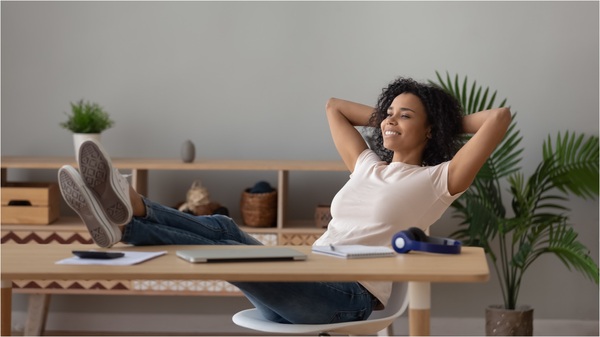
Calmness and pragmatism will prevail in the web-design trends in the next couple of years, as people are looking for authenticity with no significant clash between their digital and real-life experiences. Web designers that masterfully blend those two realities will manage to captivate audiences most successfully.
The more comfortable and realistic your web design feels the more enticed the users will be to spend time browsing through your website and getting to know your business.
Web designs built around streamlined and relaxing experiences are important for two more reasons:
- People spend increasingly long hours in front of screens and that puts a strain on their eyes – that’s something that web-designers need to account for;
- Confined at home people’s primary way of connecting with others is via Internet, so sleek and unperturbed visuals and graphics that facilitate that with ease are the way to go.
Palpable Navigation & Texture
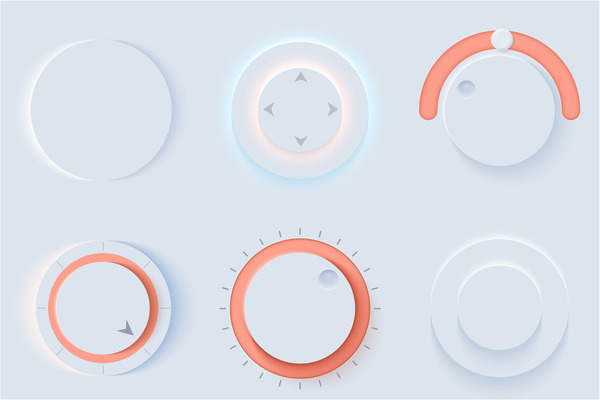
The need to reconnect with the outside world will visually manifest in web-design trends like “neumorphism”- where graphic elements are subtly protruding from the background, creating an illusion of tactile buttons, shapes, and forms. The style uses solid colors, shadows, and low contrast to create the feeling of physical elements you can interact with by touch.
Supported by organic and fluid shapes like the ones in Nature, where almost no straight lines exist, neuromorphic web designs will be an excellent choice for background or when building your website’s sections and creating smooth transitionс between pages.
3D elements are an increasingly popular example for web designs influenced by the worldwide Covid pandemic. They help create a realistic web experience for the users. Static and interactive 3D graphics hold a great potential of engaging audiences with their convincing, immersive realities. Those will help brands create a more interactive website experience and will keep audiences engaged.
Responsiveness & Personalization
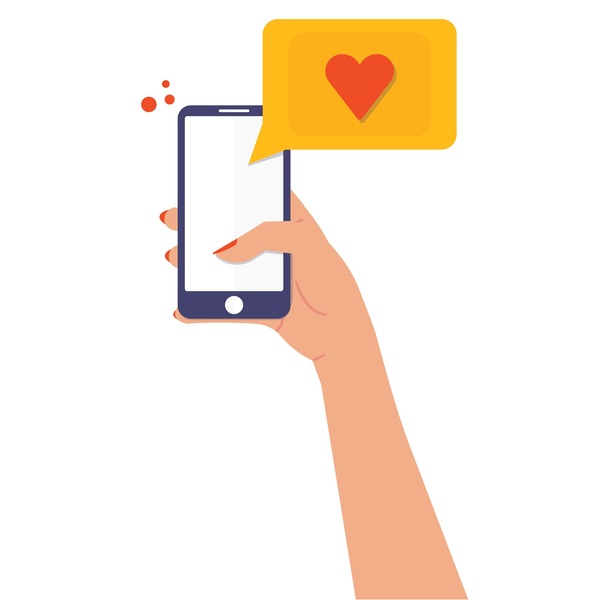
Needless to say, your website has to load fast. Did you know that there are now more mobile internet users than desktop ones. While this was bound to happen regardless of the mandatory lockdown, the pandemic and people spending more time at home definitely accelerated the rise in numbers.
As a result brands will have to invest in thumb-friendly web designs that ensure navigation on a mobile device is both functional and pleasant. Responsive web design will help customers browse through your website easily and find what they’re looking for fast. That would entitle placing CTA buttons on the right side, creating simple menus, and providing site users with search options accessible from any device among anything else.
The more functional and pleasant-looking your website is the more time users will spend on it. Consequently this may result in increased conversion rates and ROI.
Web Design & Brand Activism
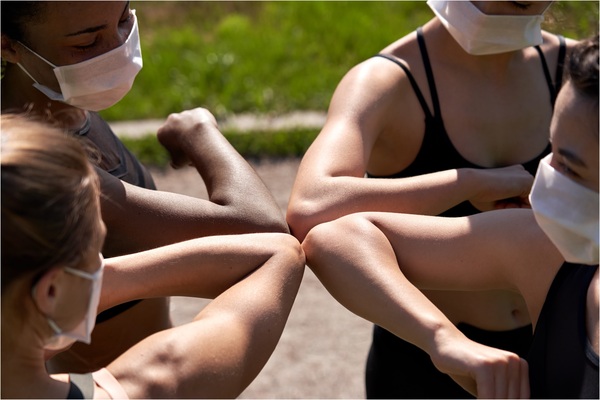
Web design is not only about nice shapes and forms that entice the users to stay longer and browse more content on your site. It’s an ideal tool that helps brands to connect and indirectly share with their audience what their values and culture are. Partly influenced by the Covid-19 pandemic brands have started looking into ways to show their support for honorable causes and help others in troubled times.
With insightful web design tricks brands can show off the causes they’ve been supporting. They can prompt their audience to join them and thus create a tight-knit community that would boost brand loyalty and awareness.
For instance by acknowledging the current mental strain of isolation and economic hardships of the rising unemployment a company can attempt to support the people in need. They could further accent on actions they take to ease the lives of their current workforce and via the simple act of being transparent they could attract a significant number of supporters and followers.
Using graphics and virtual experiences to stress the needed support for societal changes like the fight against inequality and environmental issues is the way to go if brands are looking to reach and engage users in the long run.
Protest graphics, campaigns for environmental, and political justice can all be integrated into the web design of a company’s website and serve as a tool to raise awareness, educate, and empower change.
Unique design touches invoking hope – like custom fonts, illustrations, icon sets can be used to drive attention not only to products and services but towards a brand’s virtues and attempt to support what matters to society as well.
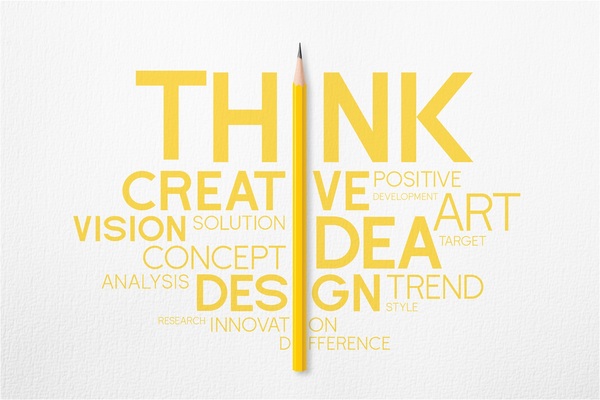
Economic declines and large-scale calamities, although devastating, present us with opportunities to reinvent ourselves and start anew. The changes urged by such events affect everything in our lives from fashion, to appliances, to web design.
Post- pandemic times are no different. We are already seeing re-adjustments in our social and professional lives and trends in web-design follow our new ways of life to help us better navigate and enjoy the time we spend online. We see an evolution towards simplicity, brighter colors, and natural forms that smooth the edges of our online experience making it more realistic and enjoyable.
While the start of the new decade didn’t welcome us on the most positive note, it managed to provoke our creativity and helped us re-evaluate what’s important. Web design may not be crucial to our health but good designs and an effortlessly running website can most definitely inspire and attract more site visitors. Businesses that invest in creating impeccable user experiences through innovative and easy-to-interact web designs, will have a greater impact on consumers’ decisions.

